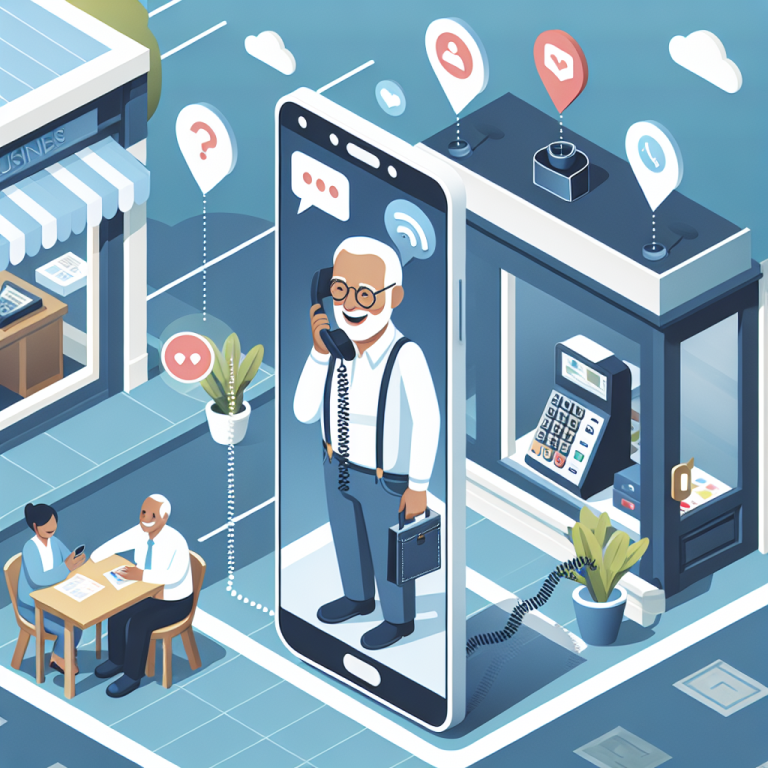Migrating from traditional copper-wire phone service to a modern VoIP landline replacement seemed like an obvious choice for a tech-savvy home like mine. In theory, internet-based telephony offered unparalleled versatility, cost savings, and mobility. Yet, when I decided to make the leap, I encountered a litany of unexpected technical, logistical, and even emotional challenges. This post is a scenario-based walkthrough of my journey — a candid look at the pains and triumphs that came with modernizing my home communications system. If you’re a digital native considering ditching your landline, my story can help light the way.
1. Wrestling with ISP-Level Infrastructure
The first obstacle was stark: my Internet Service Provider was unpredictable. VoIP depends heavily on stable and high-speed broadband, and although my package advertised 100 Mbps, actual throughput fluctuated often, especially during peak hours.
I had to call my ISP to negotiate a new modem-router combo and upgrade to higher-tier bandwidth. Only with a stronger backbone could I hope to get jitter-free VoIP calls. This early lesson reminded me that VoIP landline replacement isn’t just plug-and-play—it’s infrastructure-sensitive.
2. Dealing with Power Outages and Reliability Anxiety
Traditional landlines work during power outages. VoIP does not. That sobering realization forced me to purchase an uninterruptible power supply (UPS) for my modem and router. Later, I added a battery failover system for extra resilience.
I also programmed mobile device call forwarding as a secondary safeguard. It was this scenario, standing in the dark during a summer thunderstorm, that made me appreciate that digital convenience comes with analog considerations.
3. Navigating Emergency Services (911 Access)
One of the most critical factors was configuring Enhanced 911 (E911) capabilities. Unlike fixed landlines, VoIP services may transmit your address incorrectly—or not at all. It took several failed test calls and insistent follow-ups with customer service to ensure that my VoIP provider correctly registered my location.
I encourage every VoIP user to perform E911 test scenarios where legally permissible. Nothing is more terrifying than calling for help and realizing you’re invisible to first responders.
4. Choosing the Right Hardware & Devices
I began with a simple software-only setup using headsets and my laptop. That quickly proved subpar, especially for family use. I migrated to ATA (Analog Telephone Adapter) units, IP phones, and even repurposed my cordless DECT phones via a VoIP gateway.
It took time, research, and money to arrive at a streamlined and elegant hardware ecosystem. However, this modularity is one of VoIP’s major assets—you can enhance your setup endlessly.
5. Addressing Latency and Jitter with QoS Settings
Most consumer routers are not optimized for VoIP. I experienced dropped words, echoed audio, and noticeable lag in conversations. Once I explored router-level Quality of Service (QoS) settings, I configured them to prioritize SIP traffic above all.
This made a surprisingly significant improvement. Packet prioritization ensured my calls weren’t at the mercy of a Netflix binge in the next room.
6. Training My Family for the Digital Transition
Not everyone in my household understood the VoIP shift. Trusting a “phone” that required Wi-Fi, server uptime, and periodic firmware updates doesn’t sit well with those who prefer tactile permanence.
I had to carefully walk them through scenarios like checking voicemails through email links, resetting IP phones, or using mobile apps tied to our home number. Over time, even my least tech-inclined family members appreciated the flexibility of modern telephony—but the learning curve was real.
7. Evaluating Porting vs. New Number Setup
The decision to port our long-standing family landline number into a VoIP account gave me pause. Porting can take weeks, and not all VoIP providers support it seamlessly.
I chose to temporarily use a new number while keeping the old phone line alive in forwarding mode. Only after 30 days of stable VoIP performance did I finalize the port. This dual-line strategy helped mitigate risk and ensured we didn’t miss critical calls.
8. Unraveling Codec Compatibility and Call Quality Nuances
VoIP quality hinges partly on codec selection—those audio compression protocols that turn your spoken words into data packets. I had to experiment with G.711 (higher bandwidth, better quality) versus G.729 (compressed, more resilient).
My final setup allows for dynamic codec switching, balancing quality and reliability depending on network conditions in real-time. This was an arcane but profoundly important dimension of VoIP landline replacement that most home users never consider.
9. Integrating VoIP with Smart Home Systems
One of my ambitions was to link VoIP with my smart home stack—especially using voice controls for dialing out or screening calls via Amazon Alexa routines.
After some API tinkering, webhook integration, and SIP URI configuration, I can now make and receive calls using voice triggers, audio notifications, and even SMS-to-speech automation. The possibilities for synergy with digital assistants are endless, but integration remains niche and requires some developer mindset.
10. Monthly Billing: Cost Savings and Gotchas
Vastly cheaper than traditional landlines, VoIP saves me over $300 a year. But beware hidden costs. I almost ignored fees like per-minute international rates, number porting charges, and taxes that not all services display upfront.
Further, free VoIP services often lack E911 inclusion or SLA guarantees. After testing multiple platforms, I settled on a mid-tier paid provider which strikes the optimal balance: compliance, control, and cost-effectiveness.
Conclusion: A New Normal in Home Communication
Replacing my landline with a VoIP solution was one of the most rewarding technological undertakings I’ve ever performed at home. It pushed me to reevaluate assumptions, learn new protocols, and create a communication system as flexible as the digital world demands. That said, success didn’t come through luck—it came from research, experimentation, and guidance.
Platforms like LandlineCellular.com offer invaluable resources, curated services, and product advice tailored to home users. Whether you’re migrating from analog or upgrading your existing VoIP stack, I invite you to explore our services and find a modern calling solution that meets your needs.



